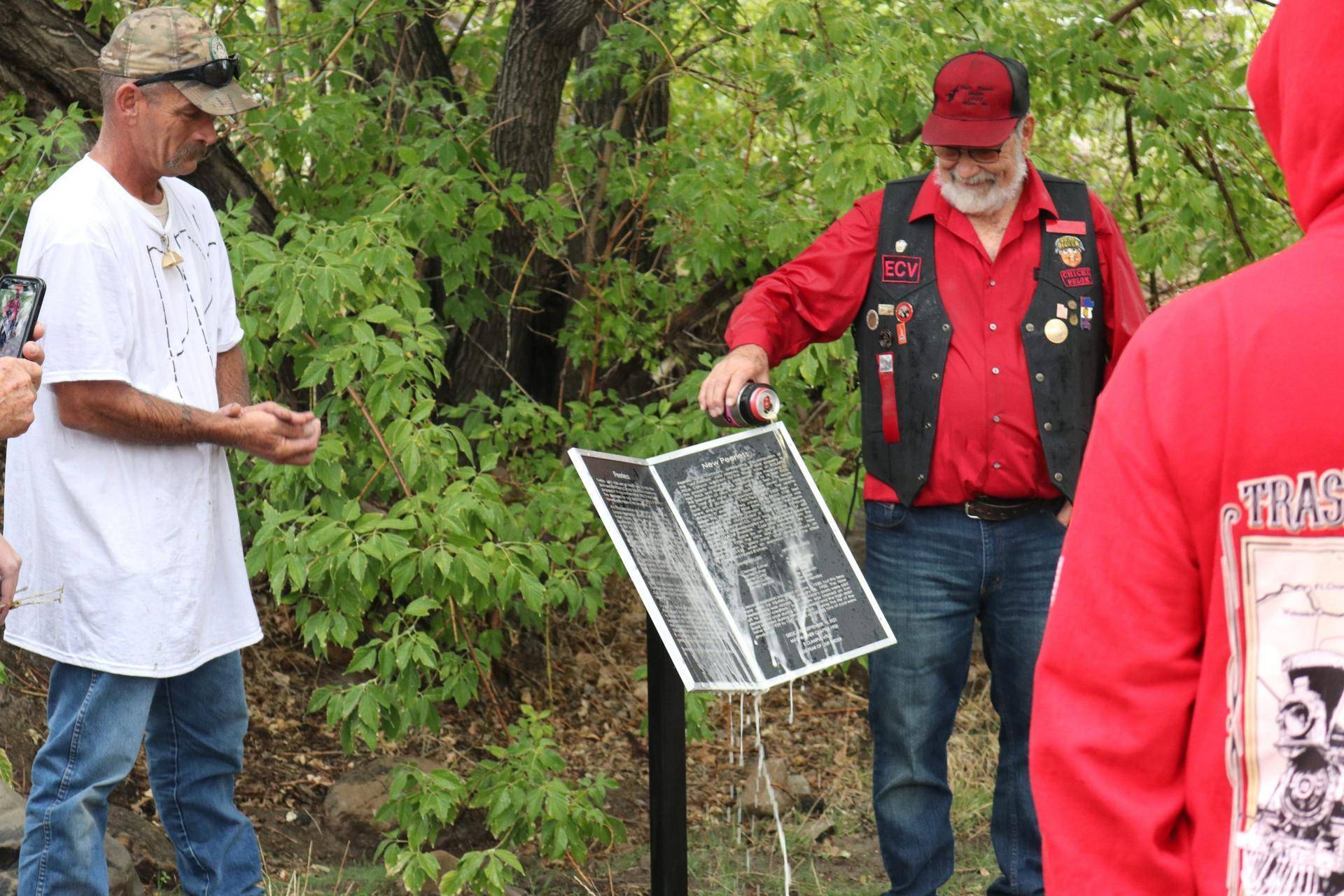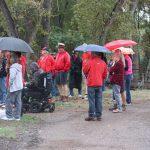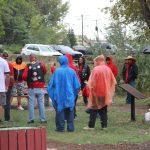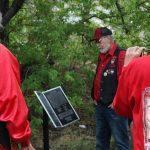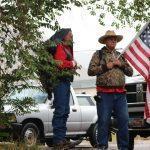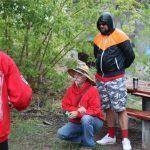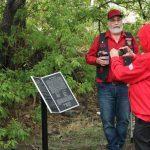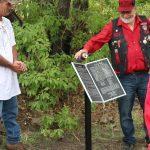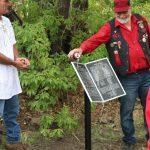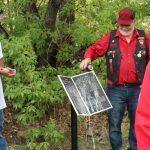Despite the rainy weather conditions on Saturday afternoon, the Matt Warner Chapter of the E. Clampus Vitus were joined by neighboring clampers to celebrate the dedication of a new plaque on the Helper River Walkway.
The plaque dedications were for the towns for Peerless and New Peerless. Peer, located just three miles west of Helper, was the first mine that was developed in the Spring Canyon District. It was purchased in 1916 by William and Charles Sweet, brothers that developed the coal operation on the canyon floor.
The property was sold to the Peerless Coal Company, which was organized by James Murdoch and Ezra Thompson, in 1917. By 1920, the mine was free from outstanding obligations and at its peak, and the town of Peerless was home to around 300 people, 150 of which were miners.
Peerless boasted 30 homes, a store, a school, the company mine office, a pool hall, post office and a clubhouse that was for the company officials. In July of 1930, the coal company discontinued operations due to low production and high costs. In August 1931, the mine was leased to the former superintendent.
Over the years, the mine switched hands many times before closing in 1953. In anticipation of the exhaustion of the “Old Peerless” coal reserves, Peerless Coal Company leased coal property in Price Canyon adjacent to the Royal Mine at Rolapp. The elevation of New Peerless was recorded at 6,300 feet.
By mid-January in 1930, the mine was producing coal. However, disaster truck on March 8, 1930 when an explosion in the mine killed five miners and injured eight others. The miners that perished were Clement Turner, Daniel Turner, Lester Curtis, William Curtis and James Jenson. Those injured were A.L. Ross, Tony Canrinker, B.W. Hall, L.S. King, Ole Swanson, Roy Story and Frank Hensley.
A second explosion then occurred in June of 1930, though this time there were no injuries to report. By January of 1932, the New Peerless mine was closed and the assets were sold off to satisfy creditors.
During the life of the mine from 1929 to 1931, a total of 100,000 tons of coal were produced. The plaque was dedicated on Sept. 18 by the Matt Warner Chapter for these two coal towns.

